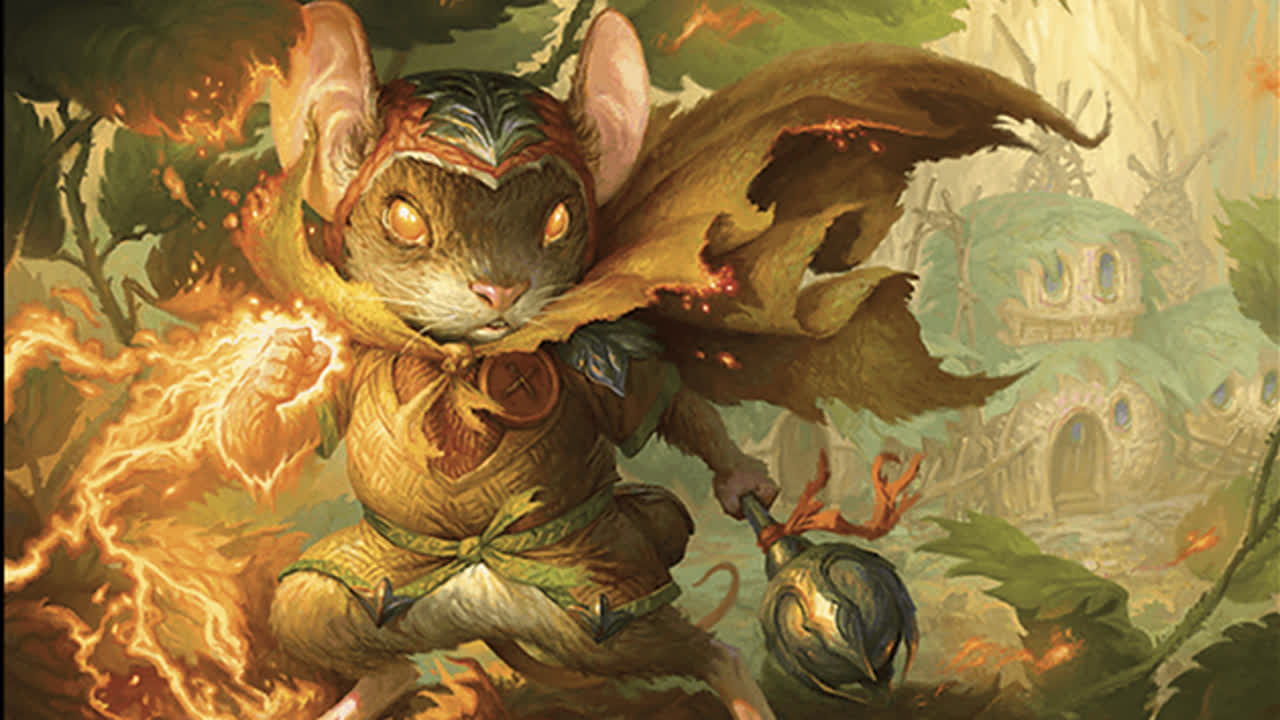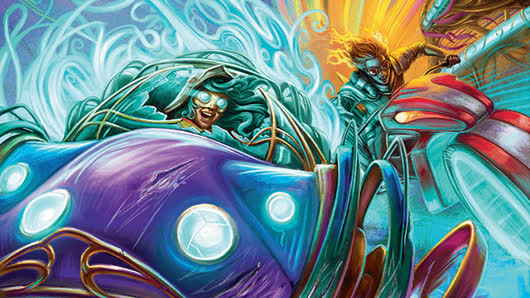Alchemy metagame has undergone several important changes in recent months. Just a few months ago, the meta seemed divided between Naya Midrange, Esper Control, and Naya Convoke. Then, with the release of Outlaws of Thunder Junction and its related alchemy set, Heist took over, polarizing completely the meta around Grixis Heist and leaving (at least in Bo1) additional space only for Naya Convoke. The last two alchemy sets (before the rotation) had, unfortunately, gradually removed from the meta also the various versions of Monored Aggro (the one with Fiery Inscription remained, however, the most popular), eliminating completely aggro/burn alternatives in the format (except for Naya Convoke as an aggro alternative). In such a polarized meta, it seemed absurd not to proceed with some nerf as repeatedly suggested by the community. In fact, from the very beginning, the situation in alchemy seemed quite serious and many people thought that the arrival of a ban or nerf was practically obvious. Then, on the 24th of June, WOTC announced that: "Alchemy's top-end metagame is looking more varied than it has in a while, with the Heist deck as a new entrant to challenge perennial stalwarts like Mono-Red and Mono-Black." A bolt from the blue for all the players of Alchemy, all unchanged and for reasons that in reality were not supported by any data. Mono-Black was a deck that didn't exist in the meta and Mono-Red had practically disappeared from the radar because of Heist. However, in retrospect, among the various statements of WOTC regarding the format, one turned out to be true after the rotation: "With rotation coming in about a month, Alchemy isn't in need of any action." In fact, at the moment, the various decks that are based on the Heist mechanics are strong but not oppressive as just a month ago.
Heist vs Mono-Red pre-rotation: an awful matchup
The pre-rotation Mono-Red was a very different deck from today's one in both composition and gameplay. The previous version was mainly focused on using Fiery Inscription to quickly close games. The main problem of the matchup with Heist was the high presence of removal spells by Mono-Red: the removal became the number one target for the Heist lists as they gave them time to survive the first stages of aggression of the opponent and get to the most advanced stages of the game while maintaining high enough life points. The old Mono-Red lists, in fact, played over 10 removal spells among Shock, Melt Through, and Lightning Strike, and creatures with constitution low enough to allow these removalspells to always (or almost) kill the target. At the same time, thanks to Impetuous Lootmonger, Heist had time to generate treasure tokens in order to later cast Triumphant Getaway and generate enough lives to win the game.
What has changed since then?
The version of Mono-Red we're talking about today has reduced the number of removal spells to just four Shocks and added several spells that are not very useful outside of the archetype, especially for Heist: Might of the Meek, Felonious Rage, Dreadmaw's Ire, Monstrous Rage, Heartfire Hero, Demonic Ruckus, and Manifold Mouse are all spells not very useful for Heist to face Mono-Red. Surely, they are all spells that, thanks to Impetuous Lootmonger, turn out to be free or very cheap, but at the same time do not give them the possibility of easily removing our threats. Heist does not need to buff its creatures in this matchup but to contain the explosiveness of Mono-Red in order to be able to win later in the game. In simple words, the quality of the cards played by Mono-Red is very low and not useful to counter it if extrapolated from the archetype and put in a completely different context.
What about the other matchups?
Mono-Red in this version is very fragile against decks full of removal spells. In fact, the gameplay of the deck is very simple: kill the opponent thanks to cheap creatures that need to be empowered through spells or effects that target them. In this context, all the removal spells at instant speed turn out to be very strong as they expose us potentially to 2-for-1 trades. Alternatively, we will have to give up a minimum of explosiveness of the deck to play around these trades that are very disadvantageous for us: on the one hand, we will slow down our plan, but on the otherhand, we will force our opponent to often keep mana available in order to remove our threats at instant speed. The deck does not generate value and cannot afford to accept 2-for-1 trades in favor of our opponent.
At the moment, however, the removal spells seem to be missing in the format and many decks stop at using very few removals. If we exclude the mirror at the moment in the meta, we see: Boros in three versions (Aggro, Midrange, and Mice), Grixis and Rakdos Heist, Selesnya Rabbits, Orzhov (Bats and Discard), Azorius Birds, Simic Merfolks, Golgari Squirrels, and a few other lists. Among these, the only one to play a substantial number of removal spells is precisely Heist, which we talked about earlier. However, it should be noted that some of the removal spells available to Heist are not very cheap: although we can consider Weave the Nightmare a removal spell, at the same time, the cost of 3 mana is too expensive to deal efficiently and effectively with the strategy of Mono-Red. All other lists use a very small number of removal spells ranging from 0 to a maximum of about 4: definitely too few to counter the aggressiveness of the deck.
Why is the deck so strong?
After playing the deck for about 70 games (a sample, unfortunately, not very indicative), I realized how often I can close by t3 forcing the smartest opponents to keep mana available very often during the first few turns to avoid losing very quickly. Of course, I don't mean to argue that the deck always finishes the matches on turn 3, but I think the simple fact that there is a chance to finish the games so fast in a format not eternal as alchemy can give us an idea of the real strength of the deck. Beyond this possibility (precisely possibility and not guarantee), the deck is perfect for farming as it is very fast and relatively easy to pilot.
The aggressiveness of the archetype forces opponents to have an immediate impact on the game: losing one of the first turns without playing anything could already be a condemnation. Creatures like Heartfire Hero and Slickshot Show-Off combined with Burn Together are able to finish matches very quickly and often without offering any counterplay to our opponent.







